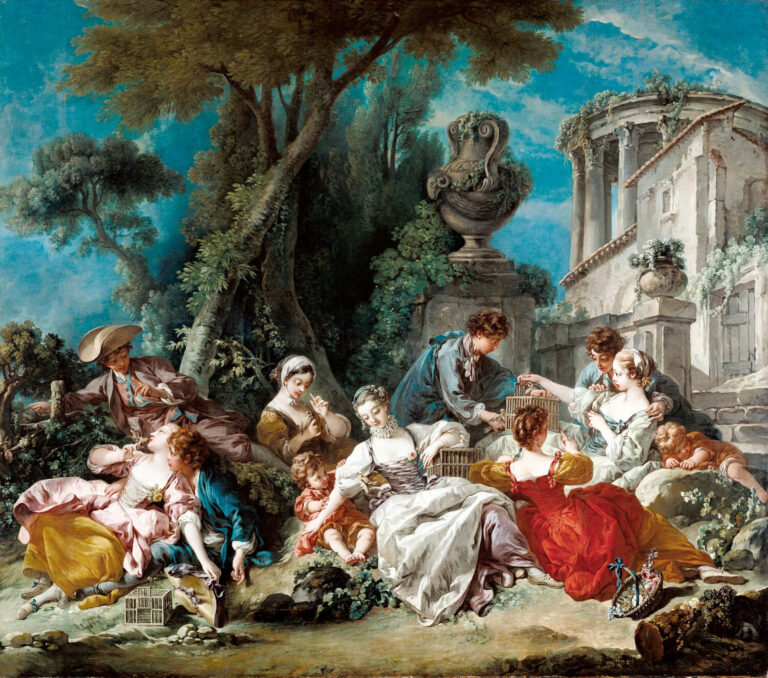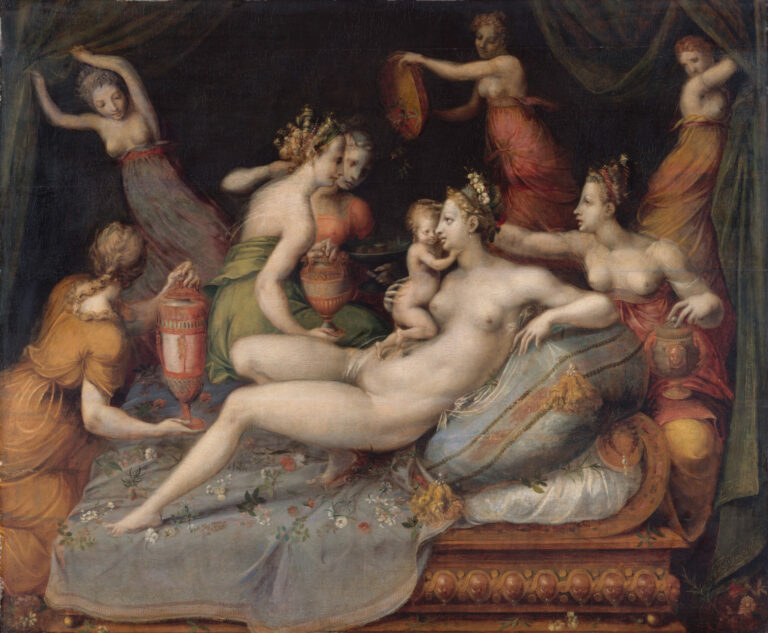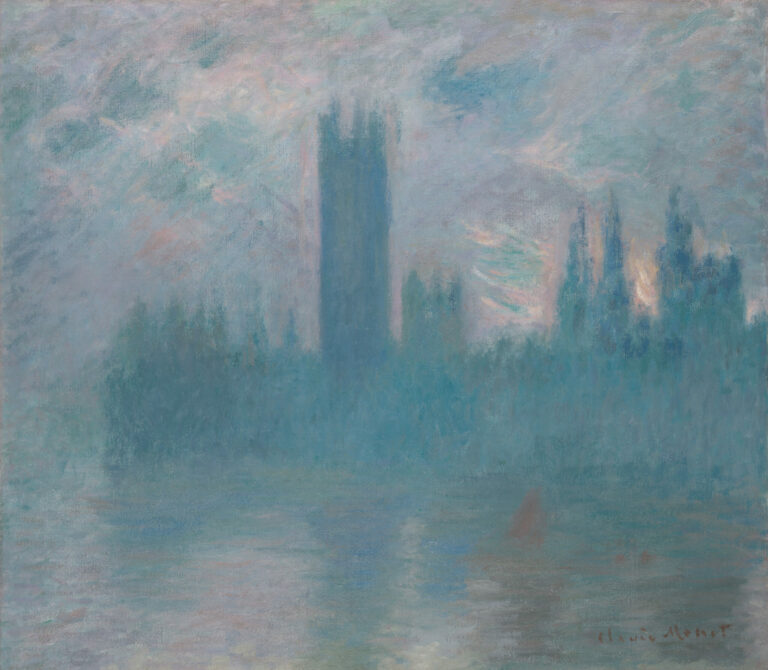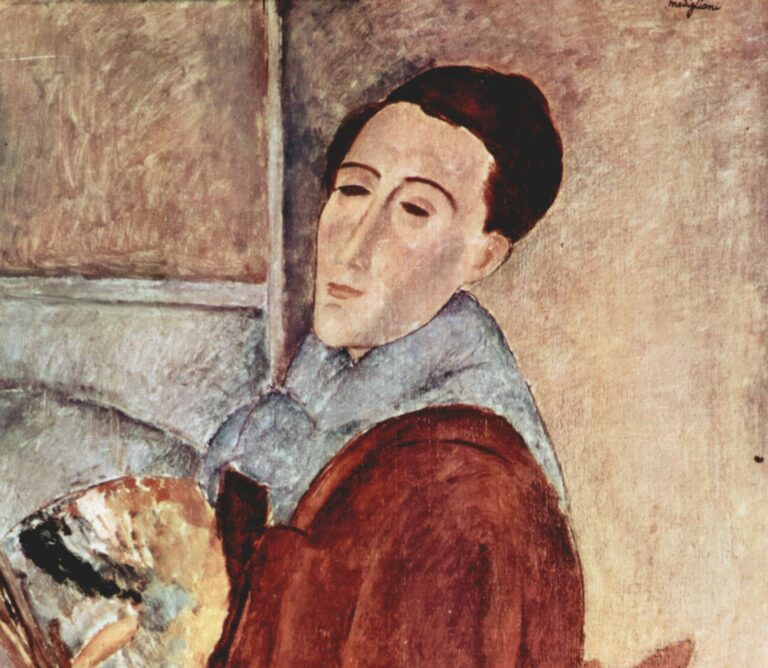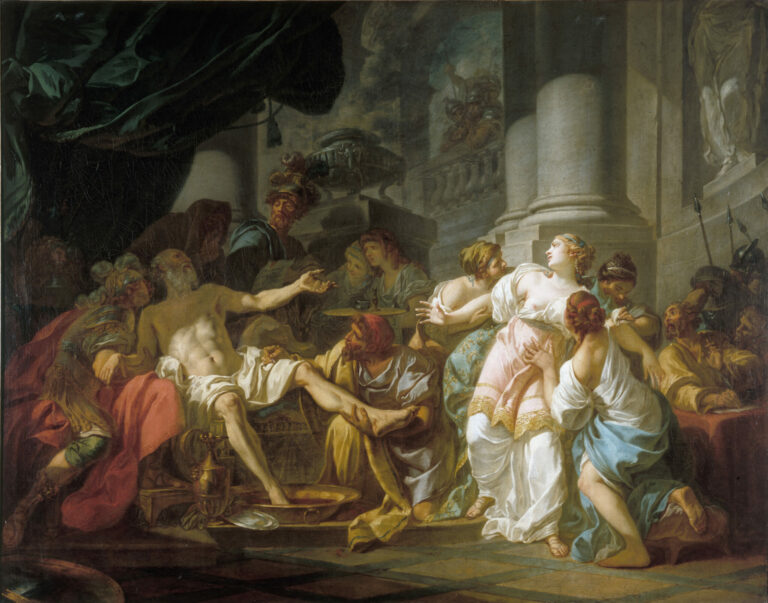A rare witness to Picard pictorial production from the late 15th century, this work represents the Ascension of Christ. The panel was formerly part of the altarpiece from the Charterhouse of Thuison-lès-Abbeville, dating from around 1495.
The artist deploys a vertical composition of great narrative effectiveness. Christ in majesty, haloed in gold and draped in a mantle with golden borders, rises above a group of apostles. This pyramidal composition guides our gaze from the earthly base toward the celestial ascension. The scene unfolds in a carefully elaborated landscape, typical of Flemish art. The figures arranged in a semi-circle manifest their wonder through expressive gestures. The attention to detail is astounding: the golden borders of the garments, the silky textures of the drapery, the botanical precision of the plants. This meticulous technique reveals the artist’s training in the ars nova tradition of the Burgundian Netherlands. All panels from this altarpiece are preserved at the Art Institute of Chicago except for one which is at the Hermitage Museum (Saint Petersburg).
Further Details
- Altarpiece from Thuison-les-Abbeville: The Ascension, ca. 1495
- Panel: 117.4 × 50.8 cm (46 1/4 × 20 in.)
- The Art Institute of Chicago, European Painting and Sculpture, not on view
- https://www.artic.edu/artworks/16313/altarpiece-from-thuison-les-abbeville-the-ascension
The author of this altarpiece, unidentified, belonged to the Picard school of the last quarter of the 15th century. This region, a possession of the Dukes of Burgundy before its attachment to France in 1477, constituted an artistic crossroads. The artist demonstrates an assimilation of Flemish innovations, notably the influence of Rogier van der Weyden and Simon Marmion. The clear compositions, refinement of colors, and delicacy of physiognomies reveal an accomplished master, capable of rivaling the great contemporary workshops. This anonymous painter brilliantly embodies Picard art at the dawn of the Renaissance.


